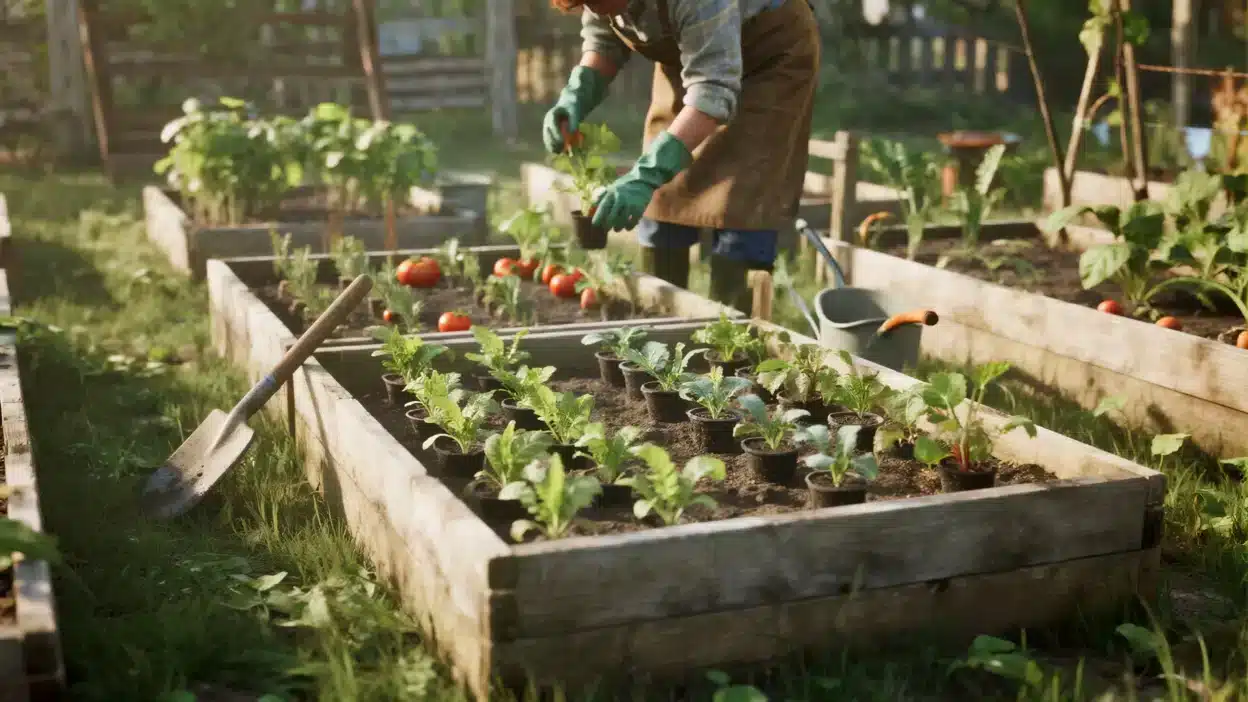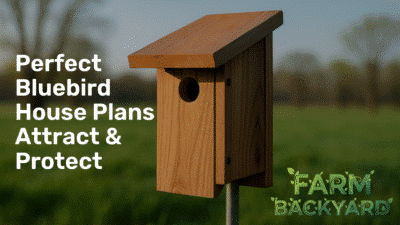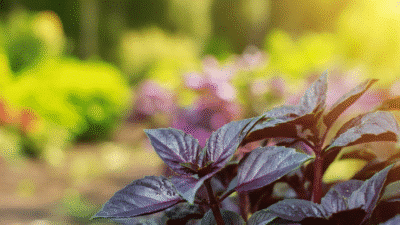Are you tired of buying wilted, tasteless vegetables from the store? Imagine stepping into your backyard to harvest fresh, crisp produce right at your fingertips. Starting a vegetable garden can be a rewarding experience. It offers not just fresh produce but also a chance to connect with nature.
Experts say the key to a thriving garden is in the basics. This includes choosing the right location and preparing the soil. In this article, we’ll guide you through the steps to start your veggie garden from scratch. We’ll make sure you have the knowledge to succeed.
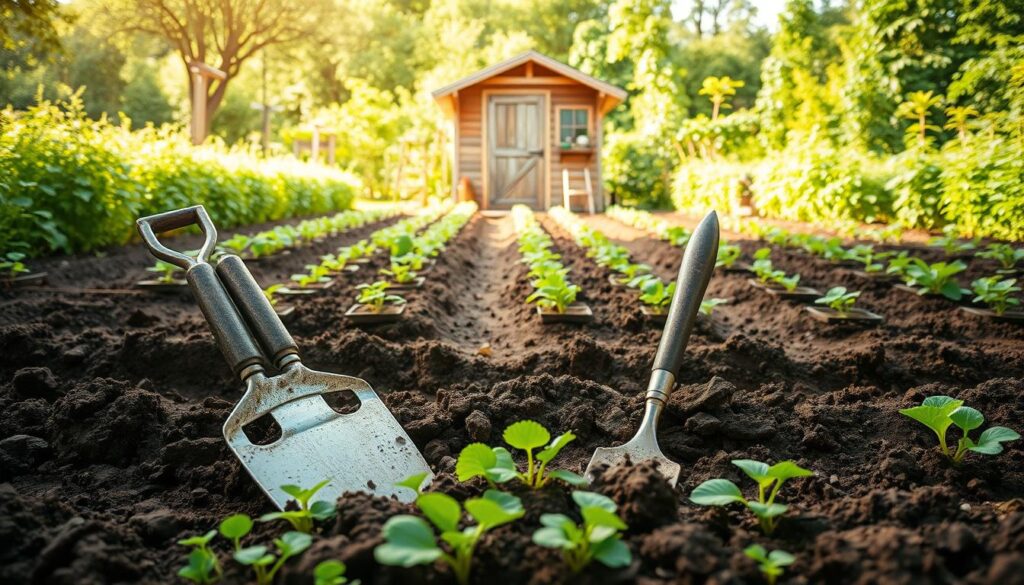
Key Takeaways
- Choose a location with adequate sunlight for your vegetable garden.
- Prepare your soil with organic matter to improve its structure.
- Select easy-to-grow vegetables suitable for beginners.
- Understand the importance of crop rotation and garden planning.
- Learn how to maintain your garden with minimal effort.
The Benefits of Growing Your Own Vegetables
Growing your own vegetables has many benefits. It’s good for your health, your wallet, and the planet. A vegetable garden can greatly improve your life.
Health Benefits of Home-Grown Produce
Home-grown veggies are full of nutrients. They are fresh and packed with vitamins and minerals. This makes them better for you than store-bought veggies.
Economic Advantages of Vegetable Gardening
Vegetable gardening also saves money. It cuts down your grocery bills. The cost of seeds and tools is worth it in the long run.
Environmental Impact of Growing Your Own Food
It’s also good for the environment. Sustainable gardening practices help reduce pollution. This includes using compost and saving water.
Overall, growing your own veggies is a smart choice. It boosts your health, saves money, and helps the planet.
Planning Your Vegetable Garden
Planning your vegetable garden is key to a successful harvest. A good plan makes the most of your space. It also ensures a steady supply of fresh produce and avoids common mistakes.
Determining the Right Size for Your First Garden
Think about the space you have and how much time you can spend on your garden. A smaller garden is easier to manage than a big one. For beginners, a 4×4 feet plot is a good starting point.
Deciding Between In-Ground, Raised Beds, or Containers
Choose between in-ground, raised beds, or containers based on your soil, space, and preference. Raised beds improve drainage and soil control. Containers are great for small spaces and offer flexibility.
Creating a Garden Layout
A well-planned layout maximizes space and promotes healthy growth. Consider the size of your plants and leave enough space between them. Companion planting can also boost your garden’s productivity.
Seasonal Planning Considerations
Think about the seasons when planning your garden. Some veggies do well in cool weather, while others love the summer heat. Planning for different seasons can extend your harvest.
Choosing the Perfect Location
Finding the right spot for your vegetable garden is crucial. The garden’s success depends on sunlight, water, and how close it is to your home.
Understanding Sunlight Requirements
Vegetables need at least 6 hours of direct sunlight daily. Check the sunlight in your garden area to see if it’s enough. Think about how nearby trees or buildings might block sunlight.
Assessing Water Access
Vegetables need steady moisture, more so when they’re fruiting. Being close to water makes garden care simpler. Think about how far your garden is from your water source.
Considering Proximity to Your Home
A garden near your home gets more attention. It’s also easier to pick your veggies.
Solutions for Limited Space Gardens
If space is tight, think about using containers or vertical gardens. These options help you use every inch of space.
| Location Factor | Ideal Condition | Solution for Less-Than-Ideal Conditions |
|---|---|---|
| Sunlight | 6+ hours direct sunlight | Use mirrors or reflective surfaces to redirect sunlight |
| Water Access | Close to a water source | Install a rainwater harvesting system |
| Proximity to Home | Near the house | Create a pathway or make the garden visible from the house |
Essential Tools and Supplies for Beginner Gardeners
Starting your vegetable garden? You’ll need the right tools and supplies. The right equipment makes gardening easier and more fun.
Basic Gardening Tools
Must-haves include a trowel, garden fork, rake, and watering can. These help you prepare soil, plant veggies, and keep your garden looking good. You can find these at gardening stores or online.
Materials for Raised Beds or Containers
For raised beds or containers, you’ll need wood, soil, and compost. Raised beds can be wood or composite. Containers come in plastic, clay, or ceramic.
| Material | Description | Cost |
|---|---|---|
| Untreated Wood | Durable and resistant to rot | $50-$100 |
| Composite Materials | Low maintenance and long-lasting | $100-$200 |
| Plastic Containers | Lightweight and easy to clean | $20-$50 |
Irrigation Supplies
Good irrigation is key for a healthy garden. Use soaker hoses, drip systems, or watering cans to water your plants right.
Budget-Friendly Options for New Gardeners
Don’t spend too much to start gardening. Look for cheap tools, DIY beds, and simple irrigation systems.
Preparing Your Garden Soil
Soil preparation is key to a thriving vegetable garden. I’ve learned that proper soil preparation can greatly impact your garden’s success.
Testing Your Soil Quality
Before you start improving your soil, test its quality first. You can buy a soil testing kit or send a sample to a lab. This will show you your soil’s pH level and nutrient content. As “the quality of your soil determines the quality of your crops”, it’s vital to get this right.
Improving Soil Structure and Fertility
After getting your soil test results, you can start making changes. You might add compost or well-rotted manure to improve soil texture and add nutrients.
Adding Compost and Organic Matter
Compost is a great source of nutrients for your veggies. As I always say, “Compost is the lifeblood of a healthy garden.” You can make your own compost or buy it. Mixing it into your soil will boost its health.
Container Soil Mixes for Small Spaces
If you garden in containers, you need a special potting mix. Look for a mix with compost and organic matter for healthy plant growth. As the saying goes,
Good soil is the foundation of a healthy garden.”
In conclusion, preparing your garden soil is crucial for a successful vegetable garden. By testing, improving, and adding compost or organic matter, you’ll be on your way to a bountiful harvest.
How to Start a Vegetable Garden for Beginners: Choosing What to Plant
Picking the right vegetables is key to a great garden. Beginners should choose easy-to-grow veggies that need little care.
Best Vegetables to Grow for Beginners
For beginners, tomatoes, cucumbers, zucchini, and leafy greens like lettuce and spinach are great. They’re easy to grow and add variety to your meals.
- Tomatoes: A favorite, tomatoes are simple to grow and come in many sizes and tastes.
- Cucumbers: These cool veggies love well-drained soil and lots of sun.
- Zucchini: A summer squash, zucchini grows fast and is ready in about 35 days.
Understanding Plant Families and Companions
Knowing about plant families and companions helps your garden grow well. Some plants help others grow or keep pests away.
For instance, marigolds with tomatoes can keep nematodes away. Basil makes tomatoes taste better.
Deciding Between Seeds and Transplants
Choosing between seeds or transplants is important for starting your garden. Both have good points.
Seeds are cheaper and offer more choices. But, they need more care when they first start growing.
Vegetables That Thrive in Small Spaces
Even with little space, you can grow a lot. Try leafy greens, herbs, or small tomatoes and peppers.
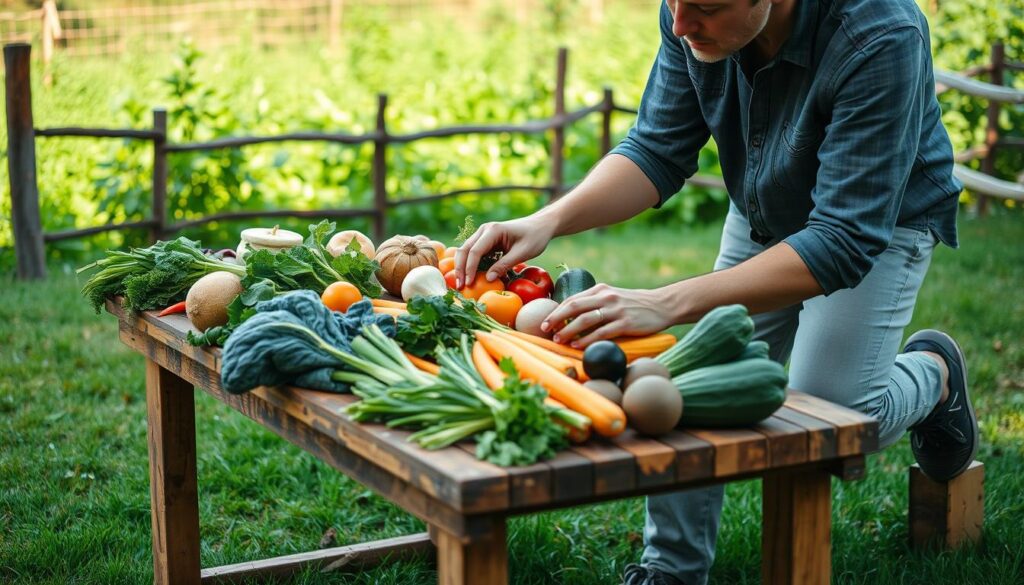
By picking the right veggies and knowing how to care for them, you’ll get a lot from your garden.
Step by Step Vegetable Gardening for Beginners: Planting Guide
Starting a vegetable garden can feel daunting, but a good guide helps a lot. With the right steps, your garden can flourish.
Proper Seed Planting Techniques
Correctly planting seeds is key for them to grow. Make sure the soil is just right for the seeds. Seeds usually need to be planted two to three times their size deep. Water them gently but well after planting.
Transplanting Seedlings Successfully
When moving seedlings, be gentle to avoid harming their roots. Start by getting them used to the outdoors over 7-10 days. Plant them at the same depth as before and water them well.
Spacing and Arrangement Tips
It’s important to space plants right to avoid overcrowding. Overcrowding can cause diseases and pests. Use the spacing on the seed packet or label. Also, think about planting some plants together to save space and help each other grow.
Succession Planting for Continuous Harvests
Succession planting means planting small amounts of seeds every 1-2 weeks. This way, you get a steady supply of fresh vegetables all season. It works great for lettuce, radishes, and beans.
| Vegetable | Spacing | Succession Planting Interval |
|---|---|---|
| Lettuce | 4-6 inches | 1-2 weeks |
| Radishes | 2-3 inches | 1 week |
| Beans | 3-5 inches | 2 weeks |
By using these tips, you can grow a vibrant vegetable garden. Enjoy the harvest!
Watering and Feeding Your Garden
To make your garden thrive, it’s key to have a steady watering schedule and a plan for fertilizing. The right amount of water and food is essential for your veggies to grow well.
Establishing a Watering Schedule
Setting up a watering schedule depends on a few things. These include the veggies you’re growing, the weather, and the soil. Generally, veggies need 1-2 inches of water each week. Using a drip irrigation system or soaker hose helps water reach the roots, cutting down on evaporation and runoff.
Fertilizing Options for Vegetable Gardens
There are many fertilizing options for your garden. You can choose organic or synthetic fertilizers. Organic choices like compost, manure, and fish emulsion give nutrients slowly, helping the soil. Synthetic fertilizers give a quick boost but should be used carefully to avoid too much.
Mulching for Water Conservation
Mulching helps save water in your garden. Adding a layer of organic mulch, like straw or wood chips, around your plants does several things. It cools the soil, keeps weeds away, and cuts down on water loss.
Efficient Watering Systems for Busy Gardeners
For those with little time, an efficient watering system is a big help. Think about getting a drip irrigation system or a smart irrigation controller. These systems adjust watering based on the weather. They save time and make sure your garden gets the right amount of water.
Managing Pests and Diseases Naturally
Using natural methods to manage pests and diseases is better for the environment and the quality of your produce. It’s key for a healthy and thriving garden.
Identifying Common Garden Pests
The first step is to identify pests. Common ones include aphids, slugs, snails, and caterpillars. Knowing what pests you have helps you pick the best organic control methods.
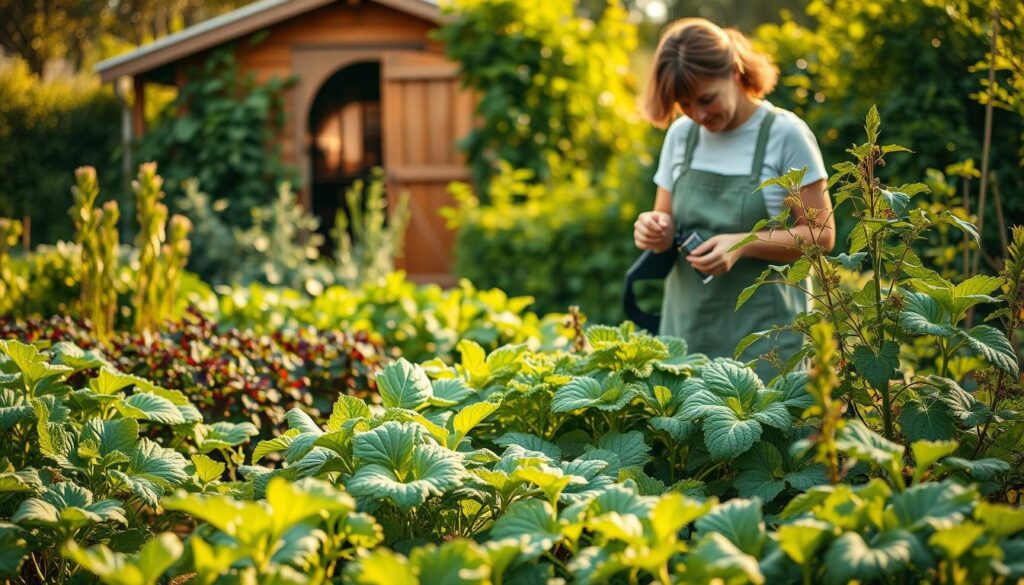
Organic Pest Control Methods
There are many organic ways to control pests. You can use neem oil, introduce beneficial insects like ladybugs, and rotate crops. Companion planting is also effective. It involves growing certain plants together to keep pests away.
Preventing and Treating Plant Diseases
To prevent diseases, keep your garden clean, ensure good air flow, and water plants at the base. This avoids wetting leaves. If diseases appear, treat them with organic fungicides or remove infected plants to stop the spread.
Companion Planting for Natural Pest Management
Companion planting is great for managing pests naturally. For example, marigolds with tomatoes can keep nematodes away. Basil repels aphids and makes nearby vegetables taste better. By choosing the right plants to grow together, you can cut down on chemical pesticides.
Common Mistakes in Vegetable Gardening and How to Avoid Them
Growing a successful vegetable garden is more than just planting seeds. It requires understanding common mistakes that can lead to failure. Beginner gardeners often make errors that can be easily avoided with the right knowledge and planning.
Overplanting and Spacing Issues
One of the most common mistakes is overplanting. This can lead to overcrowding and reduced yields. To avoid this, it’s essential to follow the spacing guidelines for each vegetable variety. Proper spacing ensures that plants receive adequate sunlight, water, and nutrients.
Watering Pitfalls
Watering is a critical aspect of gardening, but it’s easy to get it wrong. Overwatering can be just as harmful as underwatering. Checking the soil moisture regularly and watering deeply but infrequently can help prevent these issues.
Neglecting Soil Health
Soil health is the foundation of a successful garden. Neglecting to test and amend the soil can lead to poor plant growth. Adding organic matter like compost can improve soil structure and fertility.
Learning from First-Year Gardening Challenges
Many gardeners learn valuable lessons in their first year of gardening. By understanding common mistakes and taking steps to avoid them, you can improve your chances of success. Keeping a gardening journal can help you track your progress and identify areas for improvement.
| Common Mistake | Consequence | Solution |
|---|---|---|
| Overplanting | Overcrowding, reduced yields | Follow spacing guidelines |
| Overwatering | Root rot, poor growth | Check soil moisture, water deeply but infrequently |
| Neglecting soil health | Poor plant growth | Add organic matter like compost |
Harvesting and Enjoying Your Homegrown Vegetables
Harvesting your vegetables is a rewarding experience. It marks the end of your gardening efforts. The joy of picking fresh produce from your garden is unmatched. With the right techniques, you can enjoy your homegrown vegetables for a longer period.
Knowing When to Harvest
Understanding when to harvest your vegetables is crucial. Different vegetables have different readiness indicators. For instance, tomatoes are ready when they are fully colored and slightly soft to the touch. Carrots are ready when their tops begin to protrude from the soil.
- Check the seed packet or gardening guide for specific harvest times for each variety.
- Regularly inspect your garden to catch the vegetables at their peak ripeness.
- Some vegetables, like zucchini and cucumbers, are best harvested when they are still young and tender.
Proper Harvesting Techniques
Using the right harvesting techniques is important. It helps prevent damage to the plants and the vegetables. For leafy greens, use scissors to cut the leaves, leaving a small portion to regrow. For root vegetables, gently dig around the plant to avoid damaging the roots.
- Harvest in the morning, after the dew has dried but before the heat of the day.
- Use clean, sharp tools to prevent spreading diseases.
- Handle vegetables gently to avoid bruising.
Storing Your Fresh Produce
Proper storage can extend the freshness of your harvested vegetables. Store vegetables in a cool, dry place or refrigerate them. Some vegetables, like potatoes and onions, should be stored in a dark, well-ventilated area.
- Blanch and freeze vegetables like beans and peas to preserve them for longer.
- Use airtight containers to store leafy greens and herbs in the refrigerator.
Simple Recipes for Garden-Fresh Vegetables
Enjoying your homegrown vegetables is the final step in your gardening journey. Here are some simple recipes to get you started:
A fresh salad made with garden greens, cherry tomatoes, and cucumbers, topped with a homemade vinaigrette, is a delightful way to enjoy your harvest.”
Try roasting your vegetables with olive oil, salt, and pepper for a delicious side dish. You can also sauté your greens with garlic and lemon for a quick and healthy meal.
Conclusion: Growing Success in Your Vegetable Garden
Starting a vegetable garden from scratch is a journey. It takes patience, planning, and practice. By following the steps in this article, you’re on your way to enjoying fresh homegrown produce.
With a well-planned garden, you’ll soon be harvesting fresh veggies. Choose the right location, prepare your soil, and pick the best veggies for your climate. Avoid common mistakes and manage pests and diseases naturally for a bountiful harvest. Keep trying new things and adapting to challenges. With these tips, you’ll grow success in your garden. Happy gardening!
FAQ
What are the best vegetables to grow for beginners?
Beginners should start with tomatoes, cucumbers, zucchini, carrots, and leafy greens. These are easy to grow and need little care.
How do I choose the right location for my vegetable garden?
Look for a spot with lots of sunlight, easy water access, and close to your home. Most veggies need 6 hours of sunlight daily.
What is the best way to prepare my soil for a vegetable garden?
First, test your soil’s pH and nutrient levels. Then, add compost or manure to make it better for plants.
How often should I water my vegetable garden?
Watering depends on weather, soil, and plant needs. Aim for 1-2 inches of water weekly, from rain or irrigation.
What are some common mistakes to avoid in vegetable gardening?
Avoid overplanting, poor spacing, bad soil, and neglecting to mulch or water. Knowing these mistakes helps you avoid them.
How do I manage pests and diseases in my vegetable garden?
Use companion planting, crop rotation, and organic pest control. Check plants often and act fast to stop pests and diseases.
Can I start a vegetable garden in a small space?
Yes, small spaces can have gardens. Use containers or raised beds and pick compact varieties for tight spots.
How do I know when to harvest my homegrown vegetables?
Harvest timing varies by plant type and maturity. Check seed packages or gardening guides for specific harvest times.
What are some easy vegetables to grow in containers?
Cherry tomatoes, leafy greens, radishes, and herbs like basil and mint are great for containers. They grow well in small spaces.
How can I keep my vegetable garden thriving throughout the growing season?
Keep watering consistent, fertilize often, and mulch to retain moisture and control weeds. Check for pests and diseases regularly and act fast.

